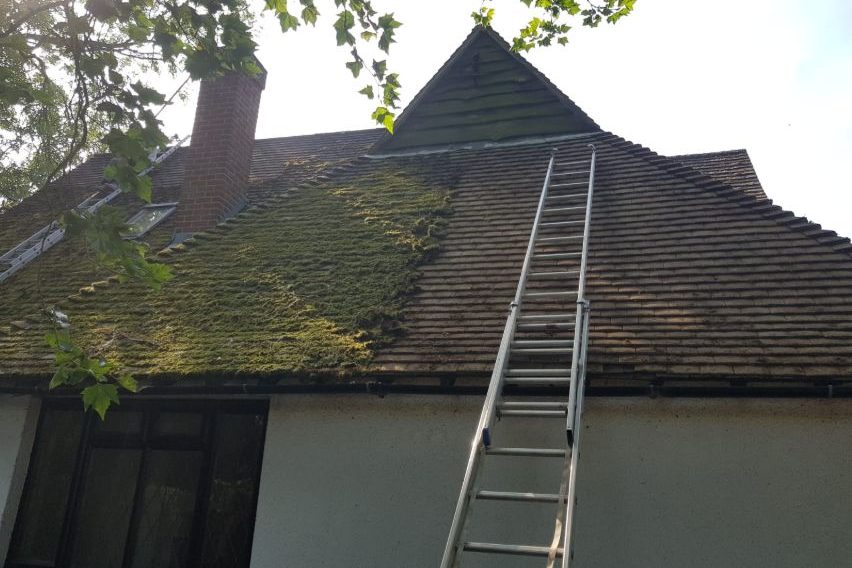The Garden Centre Guide to Building a Low-Water Xeriscape Garden
Creating a low-water xeriscape garden is an innovative approach to landscaping that emphasizes water conservation, especially in arid regions. The term xeriscape comes from the Greek word xeros, meaning dry. It involves designing and planting gardens in a way that minimizes the need for supplemental water from irrigation. A xeriscape garden not only conserves water but also provides a diverse and aesthetically pleasing landscape, attracting wildlife and reducing maintenance costs. Here’s a guide to help you build your own low-water xeriscape garden. The first step in creating a xeriscape garden is to assess your space. Start by analyzing your yard’s sun and shade patterns, soil types, and existing vegetation. This information will guide you in selecting appropriate plants and designing your garden layout. Look for areas that receive full sunlight, partial shade, and complete shade, as these will dictate which plants will thrive in those conditions. Consider conducting a soil test to determine its composition and drainage capabilities, which is crucial for selecting drought-tolerant plants.
Once you have a clear understanding of your space, the next step is to select the right plants in Garden Centre Boyle. Choose native or drought-tolerant species that are well-adapted to your local climate. Native plants require less water and maintenance since they are already suited to the local environment. Popular choices for xeriscaping include succulents, cacti, lavender, and ornamental grasses. Additionally, consider using ground cover plants that can help retain soil moisture and reduce evaporation. When selecting plants, aim for a mix of heights, colors, and textures to create visual interest and ensure that your garden is vibrant throughout the seasons. Designing the layout of your xeriscape garden is also essential. Utilize principles of landscape design, such as grouping plants with similar water needs together and creating defined areas for different types of vegetation. Incorporating hardscapes, such as gravel paths, stone borders, or patios, can reduce the need for grass and further enhance your garden’s aesthetic appeal. Mulching is another critical component; applying a thick layer of organic or inorganic mulch around plants helps retain moisture, suppress weeds, and regulate soil temperature.
Watering practices will also play a significant role in the success of your xeriscape garden. During the establishment phase, you will need to provide adequate water to help your plants become established. However, once your garden is established, you can drastically reduce watering frequency. Employing deep watering techniques that encourage roots to grow deeper into the soil will improve drought tolerance. Consider installing drip irrigation systems or soaker hoses to deliver water directly to the roots of your plants, minimizing water loss through evaporation. Lastly, maintenance is crucial for the longevity of your xeriscape garden. Regularly check for weeds, pests, and diseases, as these can quickly overtake a low-water garden if not addressed. Pruning and deadheading plants can encourage growth and maintain a tidy appearance. As seasons change, you may want to rotate or add seasonal flowers to keep your garden looking fresh and vibrant. In summary, building a low-water xeriscape garden is an eco-friendly way to beautify your landscape while conserving precious water resources.

 Cherry pickers, also known as boom lifts, are designed to provide access to hard-to-reach areas. Their extended reach and maneuverability make them ideal for a variety of applications, from installing light fixtures and repairing rooftops to conducting routine inspections on tall structures. With the ability to elevate workers safely while carrying tools and materials, cherry pickers enhance productivity and reduce the time spent on jobs.
Cherry pickers, also known as boom lifts, are designed to provide access to hard-to-reach areas. Their extended reach and maneuverability make them ideal for a variety of applications, from installing light fixtures and repairing rooftops to conducting routine inspections on tall structures. With the ability to elevate workers safely while carrying tools and materials, cherry pickers enhance productivity and reduce the time spent on jobs.